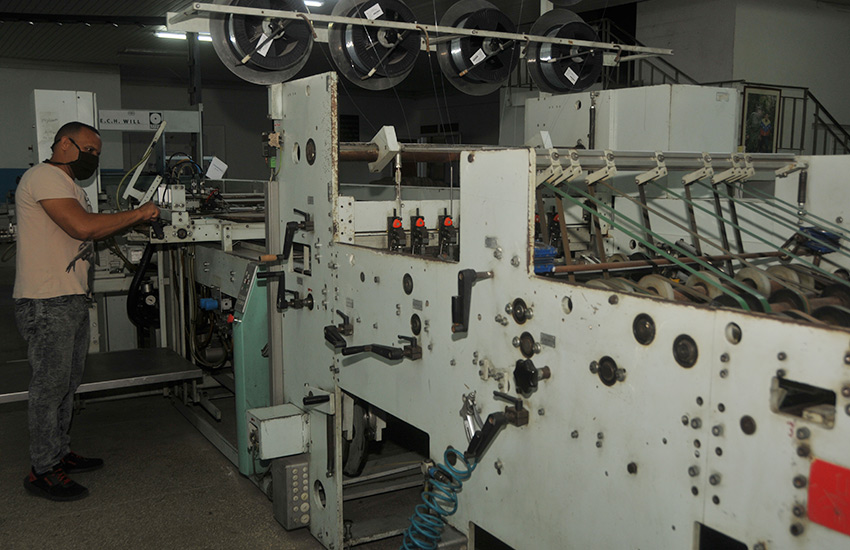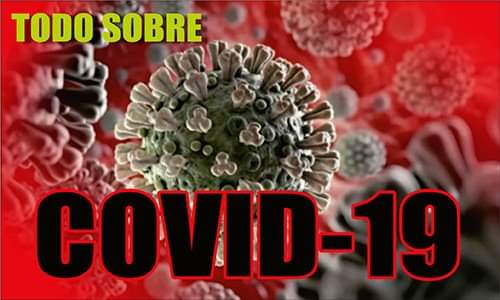
Las Tunas Graphic Productions unit and its Villa Clara counterpart are the only places in Cuba where notebooks are produced for all the country's Educational System.
 Las Tunas, Cuba.- It workers know the enormous their responsibility in the face of such reality; For this reason, they took with real joy the decision to transfer from Havana to the emblematic polygraph of Las Tunas, a machine for these purposes that had entered the country in 2009.
Las Tunas, Cuba.- It workers know the enormous their responsibility in the face of such reality; For this reason, they took with real joy the decision to transfer from Havana to the emblematic polygraph of Las Tunas, a machine for these purposes that had entered the country in 2009.
And, although it was not in optimal conditions and its real productions up to that moment had not even managed to cover the cost of the investment that brought it to Cuba, it was, without a doubt, an improvement.
Therefore, the uproar ran through each work brigade the day the 17-meter-long equipment arrived at the Balcón de Oriente (Balcony of Eastern Cuba), from which with a little help, it was announced, the complete notebooks would come out, without the need to cut, clip, or do nothing but receive them.
But in those days, the impact of COVID-19 also worsened and the experts who had to come from the capital of the country to guarantee the start-up and adjust it could not make the trip, and the process was pending until further notice.
Luckily, Las Tunas Graphics has a Committee of Innovators and Rationalizers that has been National Vanguard for 15 years. So right there, without an iota of fear, the work began to fix the damage and make history.
The members of the Youth Technical Brigades (BTJ, in Spanish) of the center worked hard; and Gustavo Higaldo, the graphic mechanic who for 12 years has held the October 8 Condition, granted by the National Association of Innovators and Rationalizers (ANIR), also gave the skin in that endeavor; along with many others.
 Thus, and with the advice of specialists from Holguín and Villa Clara, they left behind the problems that the machine had in the belts, in the electronics, and obtained the precise adaptations in the adjustment mechanism of the notebooks to make it work with a single-piston. Every challenge was beaten.
Thus, and with the advice of specialists from Holguín and Villa Clara, they left behind the problems that the machine had in the belts, in the electronics, and obtained the precise adaptations in the adjustment mechanism of the notebooks to make it work with a single-piston. Every challenge was beaten.
Everything is passed. That is why they smile when the machine starts. And they know it has been worth it to see between 15,000 and 20,000 notebooks come out in a single work shift and, sometimes, even a little more.
Now they have better use of the raw material because the machine does not reject the paper, it also achieves the completion of the notebooks, which are finished and ready for storage, thus saving time, wages and energy.
Besides, they add the economic savings for the start-up that was around 35 thousand pesos and, although it still lacks details, it is true; they will continue to improve it so that children have where to write in schools, and build the future from those paper sheets.






